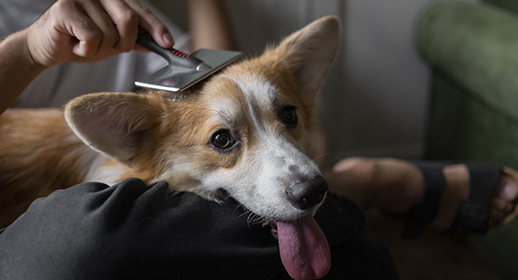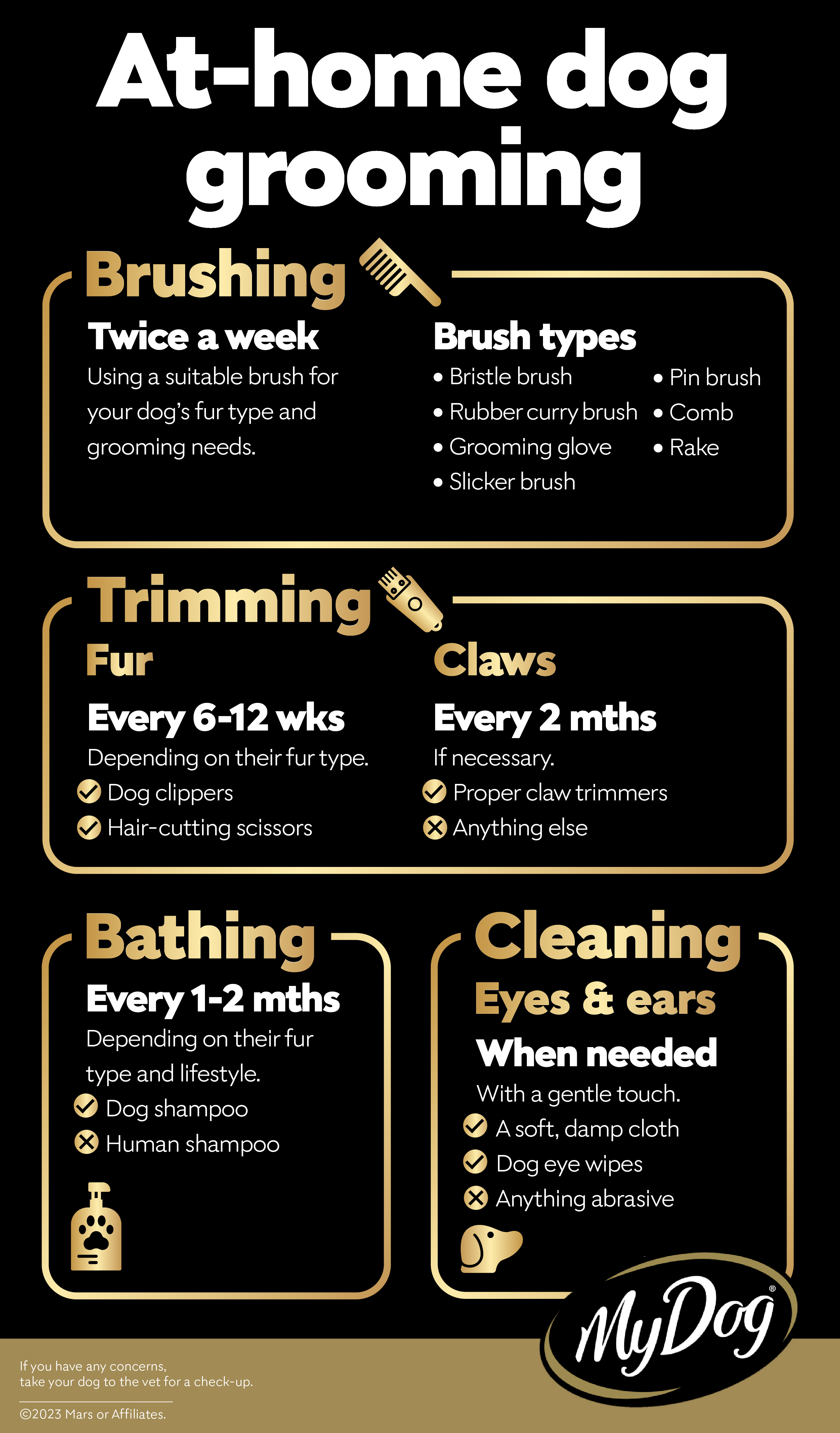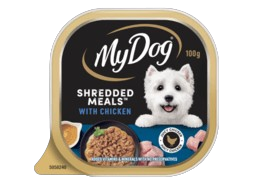- Home
- Your Guide to Grooming Your Dog


Photo by Ron Lach
Your Guide to Grooming Your Dog
We all want our furry friends to look and feel their best, and grooming your dog plays a big part in this. Not only does it keep their fur healthy and glossy, but it also looks after their skin health and gives you the opportunity to check for things like parasites and signs of soreness or irritation.
Lots of pet parents feel more comfortable taking their pup to a professional groomer, but it’s also possible to groom your dog at home with the right tools and techniques.
Why does your dog need to be groomed?
There’s more to grooming your dog than just keeping them looking and smelling good, it’s also necessary for their overall health. Regular grooming removes dead hair, tangles, mats, and dirt from their coats, which helps prevent skin irritation and inflammation. Brushing your dog also help distribute the natural oils in their fur, which keeps their coat healthy and shiny. As well as this, you can use grooming as an opportunity to check your pup for fleas and ticks, signs of ear infections, or any skin bumps, cuts, or lumps that may need vet attention.
Finding the right groomer for your dog
If you're not comfortable with grooming your dog yourself or you don't have the right tools at home, finding a professional groomer can make all the difference. If you go down this route, it’s important to choose a groomer who can provide your dog with the care they need, so look for somebody who has the necessary certifications, experience with your dog’s breed, and a good reputation. You can find someone suitable by asking for recommendations from other dog owners, your vet, and checking online reviews.
What does grooming consist of?
There are various elements to dog grooming, including bathing, brushing, trimming fur, nail clipping, and ear and eye cleaning. Even if you go to a professional groomer, it’s likely your pooch will still need the occasional sprucing up at home.
Bathing your dog
When bathing your dog at home, make sure you always use special dog shampoo, as human shampoo can contain chemicals that may irritate their skin. Simply get them wet, work the shampoo into a lather for a few minutes, avoiding their face, and then rinse. How often your dog needs bathing will depend on their coat type and lifestyle, like if they go swimming or love a roll in the mud! Try not to over wash your dog though, as it removes essential oils from their coat.
Brushing your dog
Depending on your dog’s fur, you should brush them at least a couple of times a week to remove loose fur and knots. There are various types of dog brushes available to suit different coat lengths and textures, such as a soft bristle brush, rubber curry brush, grooming glove, slicker brush, pin brush, comb, or rake. When brushing your dog’s fur, always brush in the direction of their hair growth to avoid discomfort.
Trimming your dog’s fur
Haircuts are often best left to professional groomers, but if you’re confident in trimming your dog’s fur at home, you can use some dog clippers or a pair of hair-cutting scissors. Give your pup a good brush first to remove any knots, and always enlist a second person to help, so they can hold your dog still.
Clipping your dog’s claws
Walking on pavements can help keep your dog’s claws filed down, but sometimes they may need a trim. You have to be incredibly careful when clipping a dog’s claws, as it can be very painful if you cut the quick (a soft cuticle inside the claw that contains blood vessels and nerves), so it’s usually best left to the professionals unless you know what you’re doing. Speak to your vet or groomer for advice if you wish to trim your dog’s claws at home, and always use proper nail clippers to avoid damaging their claws or causing pain.
Cleaning your dog’s ears and eyes
It’s important to regularly check your dog’s ears and eyes for build-up of dirt, and signs of infection or irritation. If they have sleep around their eyes or dirt inside their ears, use a soft, damp cloth to gently clean around their eyes and inside the folds of their ears. Redness, swelling or discharge can indicate there is a problem, so get your pooch seen by a vet if you notice anything unusual.

How long does it take to groom a dog?
The amount of time it takes to groom your dog will depend on their breed, coat length, and grooming needs. A small dog with a short coat may only take 30 minutes to an hour to groom, while a larger breed with a thicker coat may take several hours.
If you’re grooming your dog at home, it’s important to take your time, especially if your pup is new to the process and may be feeling anxious or unsure. Keep an eye on your dog’s body language and stop for a break if they appear stressed.
How often should I groom my dog?
How often your pooch needs to be groomed will be influenced by their breed and fur type. Long-haired dogs may require daily brushing and regular trims, while short-haired dogs may be able to go much longer between grooms. Most dogs will need a bath every month or two, and their nails trimmed every couple of months.
How to make your dog's first grooming experience a positive one
If you’re getting your puppy groomed for the first time, they may find it overwhelming, so it's important to take things slowly and make it a positive experience. Begin by familiarising your pup with the grooming tools and procedures before getting started. Consider using positive reinforcement techniques like treats and praise to help encourage calm behaviours. Starting their grooming young will help set good habits, as puppies are much more receptive to new experiences than older dogs. Remember, patience is key, and with time and effort, grooming can become an enjoyable routine for both you and your pup.
Grooming is an essential part of keeping your furry friend looking and feeling their best. By finding the right groomer for your pooch, using the right tools if you’re grooming at home, and by taking your time, you can ensure your dog's grooming experience is a positive one. For more tips on caring for your dog, check out our blog.
© 2023 Mars or Affiliates.
Buy online
Click to buy from any of the retailers below





